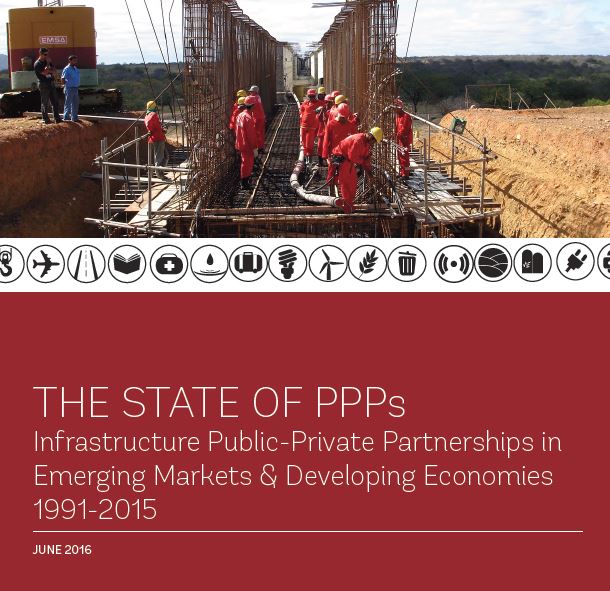934 results found
Featured results



More results

Thanks to the Internet of Things (IoT), physical assets are turning into participants in real-time global digital markets.


The European Investment Project Portal (EIPP) and the Global Infrastructure Hub (GI Hub) announce their cooperation to exchange projects for publication on their websites.
The Future of Infrastructure report (Annual edition) is based on a survey covering more than 10,000 people in 10 major global cities to ask about their everyday experiences with infrastructure services.

What might one expect for the future of mobility in China in 2030? Mobility is defined as the ability to travel from one location to another, regardless of mode or purpose. RAND researchers used a six-step scenario development process to develop two thought-provoking scenarios that address this question.
RAND researchers used a six-step scenario development process to develop two thought-provoking scenarios that address the future of mobility in the US in 2030. Three driving forces caused one path to emerge over another: (1) the price of oil, (2) the development of environmental regulation, and (3) the amount of highway revenues and expenditures.

The GI Hub has formed a strategic partnership with the Sustainable Markets Initiative Blended Finance Task Force, to identify solutions that scale private investment and mobilise capital to accelerate the transition to net zero.
Speaking before the G24 forum of developing countries in Colombia, the Global Infrastructure Hub called on public and private sector actors to increase efforts to understand each other’s priorities in order to structure infrastructure projects that can attract private financing.
The Global Infrastructure Hub and Turner & Townsend Launch PPP Contract Management Tool. Effective management essential to unlocking value behind infrastructure PPPs.

The Guide to Guidance is principally aimed at public procurement authorities considering the use of public-private partnership (PPP) arrangements.


This report thus attempts to address the economic impact of road safety, while providing a comprehensive overview of the challenge in estimating the social impact of road traffic injuries (RTIs).

The International Benchmarking Network for Water and Sanitation Utilities (IBNET) blue book creates a baseline and, at the same time, offers a global vision of the state of the sector in developing countries.

This paper reviews the literature on the impact of physical infrastructure on development and issues surrounding the analysis of the effects of infrastructure on development indicators such as poverty.

Sovereign development funds (SDFs) and strategic investment funds (SIFs) have become increasingly important investment vehicles for sustainable development. This paper explores how the design and governance of these funds aligns institutional capital with large, long-term investments such as infrastructure, all while yielding high commercial returns for institutional investors.

This report provides an assessment of the state of regulatory governance in infrastructure industries in Brazil and to suggest possible indicators for future monitoring, while also providing a ranking among Brazillian regulators.

This report looks into developing policies for Angola in the energy, water, transport and communcations sector in order to enhance the private participation in the rebuilding and development in the countries infrastructure.

This paper examines the evolution of infrastructure and the impact of infrastructure investment and public finance shocks on key development indicators and growth performance in the context of middle income countries.

The ITF Transport Outlook provides an overview of recent trends and near-term prospects for the transport sector at a global level as well as long-term prospects for transport demand to 2050.

This report assesses infrastructure PPP investments in an expanded list of Fragile and Conflict Affected States (EFCS2), as well as the PPP regulatory frameworks during the 2012-2016 period.

This report uses data from the PPI Database to analyze broad trends of PPP investment in infrastructure from 1991 to 2015.









 PPP Contract Management Tool
PPP Contract Management Tool

